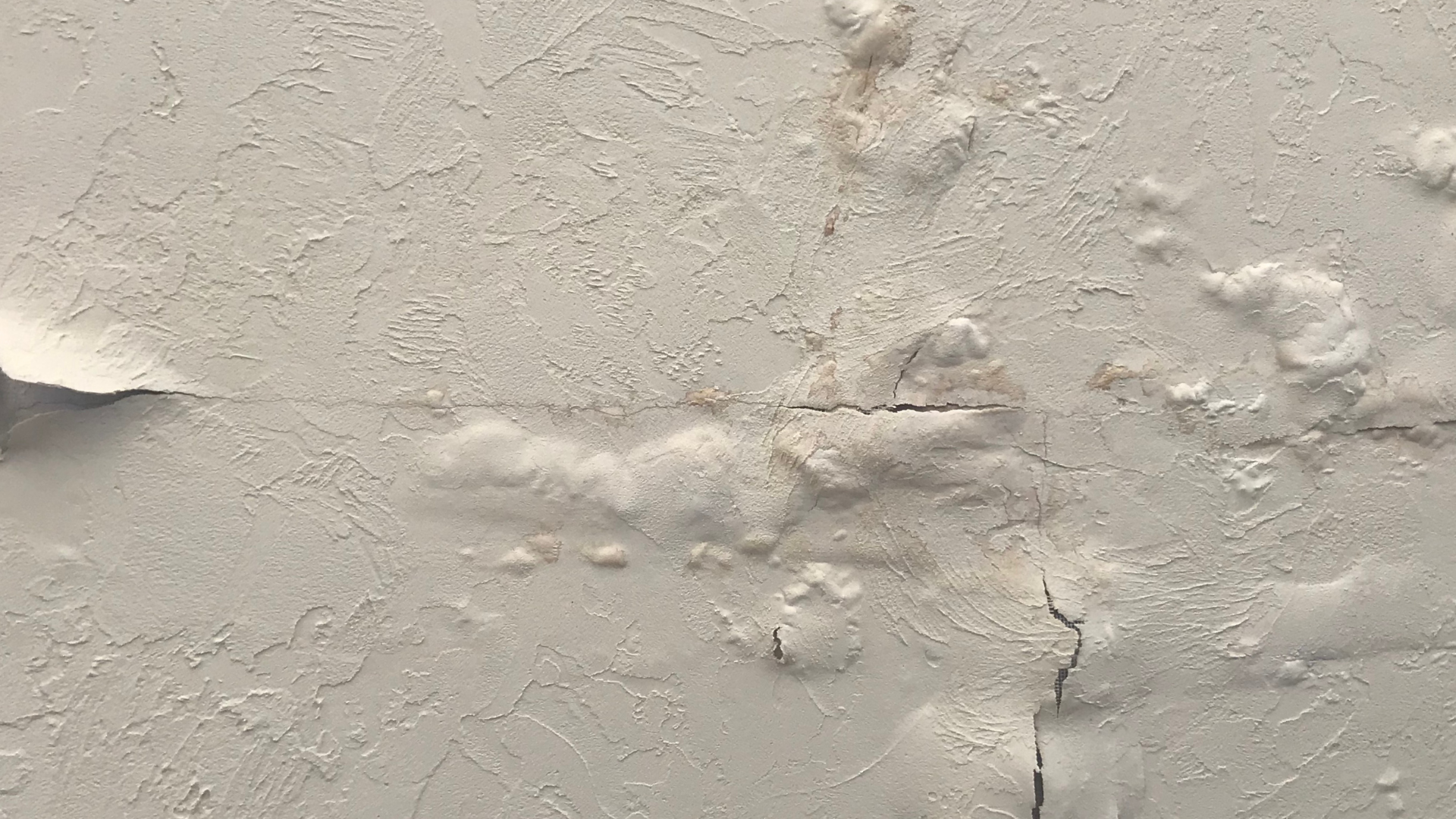What Leads to Water Damage in the Bathroom
What Leads to Water Damage in the Bathroom
Blog Article
What are your concepts on How to Repair and Prevent Bathroom Water Damage??

Water damage often happens in the shower room as a result of the water made use of day-to-day. Sometimes, the damage could be a little mold from the shower. Various other times, it's substantial damage on your floor. Whatever it is, it is always great to know the reason and stop it prior to it happens.
This overview will experience some of the typical causes of water damage in the restroom. We will likewise analyze what you can do to avoid these reasons from harming your shower room. Allow's dive in.
5 Usual Sources Of Water Damage in Bathrooms
These are the common reasons you would have water damage in your bathrooms and exactly how you can identify them:
Burst or Dripping Pipelines
There are several pipelines lugging water to various parts of your restroom. Some pipes take water to the toilet, the sink, the taps, the shower, and many various other areas. They crisscross the tiny location of the shower room.
From time to time, these pipes can obtain rustic as well as burst. Other times, human activity might trigger them to leakage. When this occurs, you'll discover water in the corners of your bathroom or on the wall surface.
To identify this, watch out for bubbling wall surfaces, molds, or mold. Call a specialist emergency plumbing to fix this when it takes place.
Fractures in your wall tilesv
Washroom wall surface floor tiles have been specially made for that function. They safeguard the wall surface from wetness from people taking showers. Nonetheless, they are not undestroyable.
Sometimes, your restroom wall floor tiles crack and allow some dampness to permeate into the wall surface. This might potentially ruin the wall surface if you do not take any type of activity. If you discover a split on your wall surface tiles, fix it immediately. Don't wait up until it damages your wall.
Overflowing commodes as well as sinks
As human beings, in some cases we make mistakes that could create some water damage in the bathroom. For example, leaving your sink tap on can create overflowing and damages to various other parts of the washroom with moisture.
Additionally, a defective toilet might trigger overflowing. For instance, a broken toilet handle or various other parts of the tank. When this takes place, it can damage the flooring.
As soon as you observe an overflowing sink or bathroom, call a plumbing professional to aid manage it right away.
Roof covering Leaks
Often, the problem of water damage to the restroom might not originate from the bathroom. For example, a roofing system leakage can cause damage to the shower room ceiling. You can spot the damage done by looking at the water spots on the ceiling.
If you discover water discolorations on your ceiling, check the roofing system to see if it's harmed. Then, call a specialist to aid fix the concern.
Excess Moisture
It's amazing to have that lengthy shower and also dash water while you dance around and act like you're carrying out, yet sometimes these acts could cause water damage to your restroom.
Spraying water around can trigger water to go to corners and develop mold and mildews. Enjoy just how you spread out excess dampness around, and also when you do it, clean it up to stop damage.
Final thought
Water damage to your washroom can be bothersome. However, you can handle it if you avoid several of the causes mentioned in this overview. Call a specialist emergency situation plumbing professional if you observe any type of serious damage.
How to Repair a Water-Damaged Wall in the Bathroom
All you need to know to repair bathroom wall water damage – from identifying the water source to finishing the repair professionally. If you don’t act quickly to resolve a water damage problem, you could find that it develops into a mold issue and/or cause structural damage to your home. Follow this guide to repair your bathroom before it's too late.
All you need to know to repair bathroom wall water damage
Water damage is a common household problem, and one that, if left unrepaired, can quickly lead to structural problems and health issues. The two most likely rooms where water damage may occur is the bathroom and the kitchen – where water is used often and there is high humidity.
What is water damage?
It is easy to think of water damage as caused by a flood or leaking tap or burst water pipe. However, when water damage is assessed, there are three main categories into which water falls (as classified by the American National Standards Institute). These categories are defined as:
Category 1 Water – ‘Clear Water’
This is sanitary water. There is usually no major threat to health by washing with this water, drinking it, or inhaling if it is streaming. Most water that enters your home will be category 1 water, while most water leaving your home will be either category 2 or 3 water. It may also come from melting snow, rainwater and water tanks.
Damage caused by this type of water can usually be repaired or restored, though this doesn’t mean that there are no potential health issues.
Category 2 Water – ‘Grey Water’
This is contaminated water – sometimes considerably so – and will cause illness if consumed or if it comes into contact with your skin. Water damage in this category is often caused by overflows from toilet bowls, and damage to washing machines and dishwashers. While damaged items might still be repaired or restored after damage by grey water, it is more difficult and more expensive to do so.
If the water damage in your home has been caused by grey water, it is advisable to have repairs made by professionals.
Over time, grey water will deteriorate and become black water.
Category 3 Water – ‘Black Water’
Category 3 water, also known as black water, is highly contaminated and a great risk to health. This may contain raw sewage, heavy metals, and other toxic substances. It will smell terrible.
If this is the water that has caused damage in your bathroom, do not touch it. Stop the water flowing if possible, seal the room and call the experts: it really isn’t worth the risk of ill health and disease that could be fatal. It is very unlikely that items can be repaired or restored if they have been damaged by black water.
https://www.porterscleaning.com/blog/how-to-repair-a-water-damaged-wall-in-the-bathroom/

How to Repair a Water-Damaged Wall in the Bathroom
All you need to know to repair bathroom wall water damage – from identifying the water source to finishing the repair professionally. If you don’t act quickly to resolve a water damage problem, you could find that it develops into a mold issue and/or cause structural damage to your home. Follow this guide to repair your bathroom before it's too late.
All you need to know to repair bathroom wall water damage
Water damage is a common household problem, and one that, if left unrepaired, can quickly lead to structural problems and health issues. The two most likely rooms where water damage may occur is the bathroom and the kitchen – where water is used often and there is high humidity.
What is water damage?
It is easy to think of water damage as caused by a flood or leaking tap or burst water pipe. However, when water damage is assessed, there are three main categories into which water falls (as classified by the American National Standards Institute). These categories are defined as:
Category 1 Water – ‘Clear Water’
This is sanitary water. There is usually no major threat to health by washing with this water, drinking it, or inhaling if it is streaming. Most water that enters your home will be category 1 water, while most water leaving your home will be either category 2 or 3 water. It may also come from melting snow, rainwater and water tanks.
Damage caused by this type of water can usually be repaired or restored, though this doesn’t mean that there are no potential health issues.
Category 2 Water – ‘Grey Water’
This is contaminated water – sometimes considerably so – and will cause illness if consumed or if it comes into contact with your skin. Water damage in this category is often caused by overflows from toilet bowls, and damage to washing machines and dishwashers. While damaged items might still be repaired or restored after damage by grey water, it is more difficult and more expensive to do so.
If the water damage in your home has been caused by grey water, it is advisable to have repairs made by professionals.
Over time, grey water will deteriorate and become black water.
Category 3 Water – ‘Black Water’
Category 3 water, also known as black water, is highly contaminated and a great risk to health. This may contain raw sewage, heavy metals, and other toxic substances. It will smell terrible.
If this is the water that has caused damage in your bathroom, do not touch it. Stop the water flowing if possible, seal the room and call the experts: it really isn’t worth the risk of ill health and disease that could be fatal. It is very unlikely that items can be repaired or restored if they have been damaged by black water.
https://www.porterscleaning.com/blog/how-to-repair-a-water-damaged-wall-in-the-bathroom/
Do you really like reading up on How to Repair and Prevent Bathroom Water Damage?? Place feedback further down. We would be interested to see your views about this piece. We are looking forward that you come back again in the near future. Appreciated our piece? Please share it. Let someone else discover it. Thanks a lot for your time. Please check up our blog back soon.
Best fix? Dial! Report this page